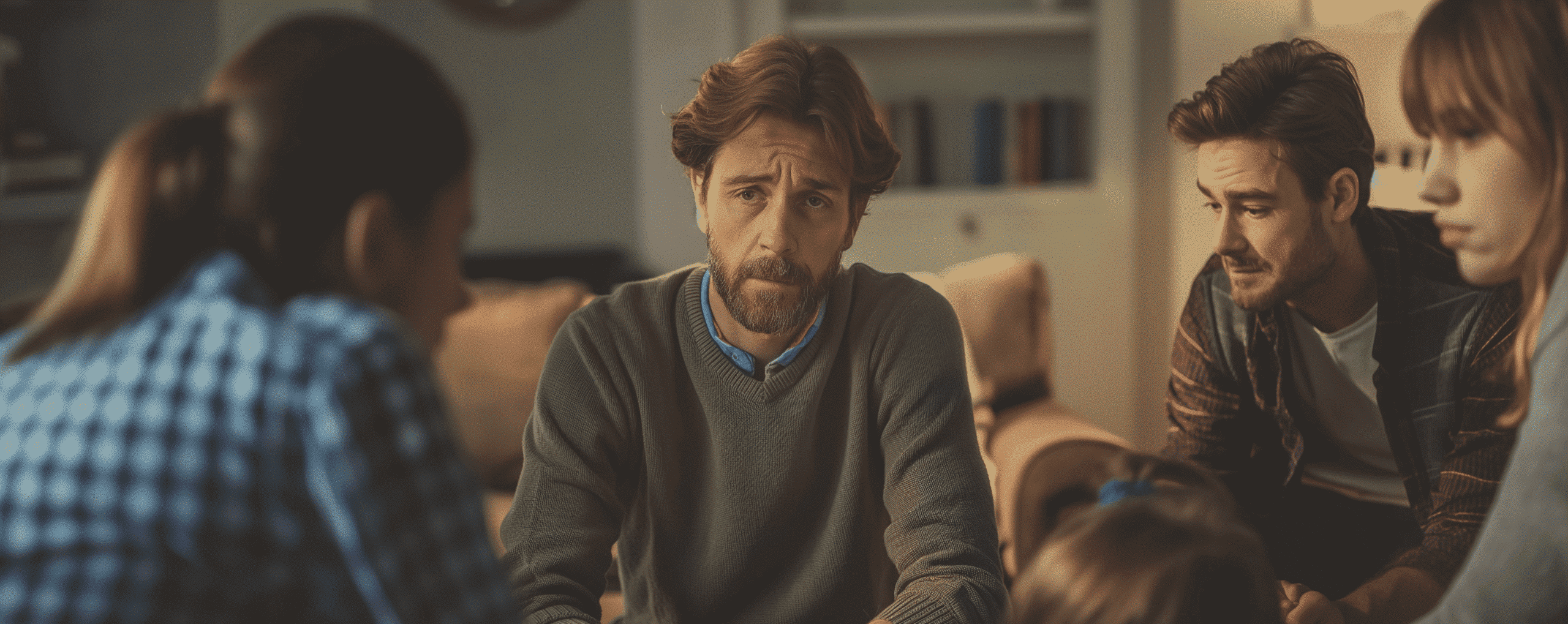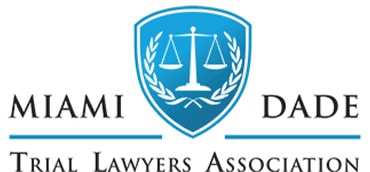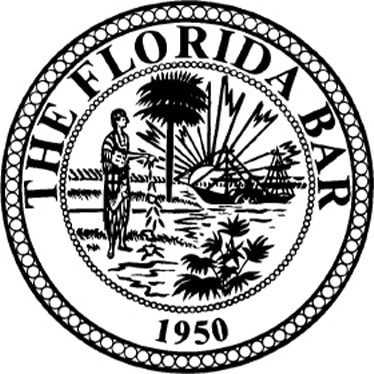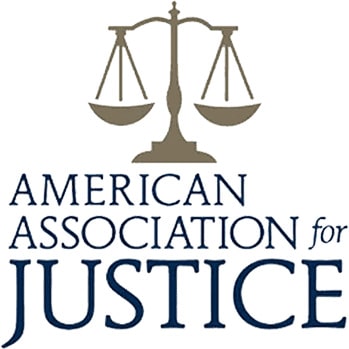Attempted trafficking refers to taking significant steps towards exploiting individuals through trafficking, even if the exploitation doesn’t happen. Attempted trafficking often involves complex trafficking networks that operate across borders and jurisdictions. This concept is key to legal frameworks that aim to stop traffickers before they succeed. In this article, we explore the legal definitions, types of crimes, penalties, case studies, and support mechanisms surrounding the question, “what is attempted trafficking?”
Key Takeaways
- Attempted trafficking involves significant steps toward exploiting individuals without completing the act of exploitation, with stringent legal measures under the Trafficking Victims Protection Act aimed at criminalizing and penalizing even the attempts.
- The legal framework for combating attempted trafficking is rooted in the 13th Amendment. It has been fortified by comprehensive legislation such as the Trafficking Victims Protection Act, increased funding, enhanced training, and international collaborations.
- Penalties for attempted trafficking are severe, including hefty fines, long-term imprisonment, and mandatory sex offender registration, reflecting society’s zero-tolerance stance towards human trafficking activities and stringent trafficking penalties.
Defining Attempted Trafficking
 The journey into the heart of darkness begins with understanding the concept of attempted trafficking. Unlike the completed act, attempted trafficking involves significant steps toward enslaving individuals without reaching the endpoint of exploitation. Envision a predator lurking, poised to pounce, but intercepted before their plans materialize. This preemption is the essence of ‘attempted trafficking’ and is crucial in preventing trafficking activities.
The journey into the heart of darkness begins with understanding the concept of attempted trafficking. Unlike the completed act, attempted trafficking involves significant steps toward enslaving individuals without reaching the endpoint of exploitation. Envision a predator lurking, poised to pounce, but intercepted before their plans materialize. This preemption is the essence of ‘attempted trafficking’ and is crucial in preventing trafficking activities.
Rooted in the historical soil of the 13th Amendment, the fight against trafficking has evolved into a robust legal edifice designed to safeguard freedom. It is through this lens that we examine how the law casts a wide net, capturing not only those who succeed but also those who dare to attempt such heinous acts. Before the turn of the millennium, the U.S. Justice Department wielded the power of statutes against involuntary servitude to prosecute these crimes.
Today, the Trafficking Victims Protection Act stands as a sentinel, defining human trafficking and emphasizing the severity of both completed and attempted transgressions. This law encompasses the full spectrum of trafficking crimes, including:
- Labor trafficking, where individuals are coerced into involuntary servitude
- Sex trafficking, which exploits individuals for commercial sex acts
- Child sex trafficking victims, which is a despicable realm of trafficking
The language of the law is unequivocal, seeking to criminalize human trafficking and its attempts. It aims to deter trafficking by prescribing severe trafficking penalties for those who commit trafficking or even dare to attempt it. By understanding these definitions and the gravity of trafficking activities, we fortify our resolve to stop trafficking and protect human trafficking victims from becoming human trafficking survivors.
Legal Framework for Attempted Trafficking under the Trafficking Victims Protection Act
The tapestry of the law weaves a strong fabric against the scourge of human trafficking. The legal framework for attempted trafficking traces its origins back to the hallowed 13th Amendment, which abolished slavery and involuntary servitude in the United States. This constitutional cornerstone has been the bedrock upon which subsequent human trafficking laws have been constructed.
The legal framework has been instrumental in prosecuting numerous trafficking cases, ensuring that justice is served.
In the quest to combat trafficking, the federal government, through the tireless efforts of the criminal justice system, has fortified its arsenal with comprehensive legislation. The past two decades have witnessed a concerted push to address human trafficking with a zero-tolerance policy. The federal government has implemented several key measures to combat trafficking, including:
- The Trafficking Victims Protection Act (TVPA), which equips law enforcement agencies with the necessary tools to fight trafficking
- Increased funding for law enforcement agencies to investigate and prosecute trafficking cases
- Enhanced training for law enforcement officers to identify and respond to trafficking situations
- Collaboration with international partners to combat trafficking on a global scale
These efforts demonstrate the government’s commitment to eradicating human trafficking and providing justice for victims.
The TVPA defines human trafficking in all its nefarious forms, from forced labor and sexual exploitation to the exploitation of vulnerable children through commercial sex acts. It empowers federal agencies to take decisive action against human traffickers, ensuring that commercial sexual activity and labor trafficking are punished with the full force of the law.
With the establishment of an interagency task force and the inclusion of civil remedies, the legal process has been streamlined to ensure that those who commit trafficking are held civilly and criminally liable. Moreover, the legislation extends to protect those who have been sexually exploited, providing a framework for criminal prosecution that also acknowledges the human rights of trafficking victims.
Types of Attempted Trafficking Crimes, Including Sex Trafficking
The shadowy world of attempted trafficking is not monolithic; it manifests in various forms, each with its unsettling nuances. Labor trafficking is a grim reality where individuals are subjected to forced labor services, often through insidious means such as threats, physical restraint, and fraud. The plight of these individuals can be heart-wrenching, as seen in cases of exploitation in settings as diverse as restaurants and domestic households.
These trafficking operations are often highly organized, involving multiple perpetrators and complex logistics.
A distressing example is the trafficking of Indian women through transit countries like the UAE, only to be plunged into domestic servitude in the Gulf Cooperation Council countries. Here, they face conditions that are nothing short of appalling. This form of attempted trafficking highlights the global nature of this crime, transcending borders and impacting lives across continents.
Human trafficking crime encompasses various forms of exploitation, including sex trafficking. In sex trafficking, individuals are compelled to engage in a commercial sex act under the duress of force, fraud, or coercion. Particularly heinous is child sex trafficking, where minors are victimized, and the requirement of proof of force, fraud, or coercion is waived, acknowledging their heightened vulnerability.
These human trafficking crimes tear at the fabric of society, challenging our collective conscience. Each type of attempted trafficking, whether it involves labor or sex, adults or children, is an affront to human dignity. Recognizing the signs and understanding the tactics used by human traffickers is crucial in the ongoing battle to deter trafficking and protect potential victims from ever becoming trafficking survivors.
Contact us today for your free & confidential case review. Our team will help you get the compensation that you deserve.
Penalties for Attempted Trafficking
The sword of justice strikes with a heavy hand when it comes to penalties for attempted trafficking. The law does not turn a blind eye to the severity of these crimes, and the repercussions for those who commit trafficking, even in its attempted form, are severe. In Florida, for instance, attempting this criminal activity can tether one to the chains of felony probation.
The weight of trafficking laws falls hard on those who seek to profit from the exploitation of others. Penalties can scale the heights of state prison terms, ranging from several years to life, especially when the victims are minors and when force or threats are employed. The gavel comes down with added force if the attempt results in great bodily harm, imposing additional consecutive prison terms.
Financially, the consequences are equally daunting. Fines for attempted trafficking can soar to half a million dollars, and in some cases, even double to a staggering one million. These numbers are not merely digits on paper; they represent a society’s commitment to a zero-tolerance approach to trafficking activities.
Moreover, a conviction may entail a stain that cannot be washed away – the requirement of sex offender registration. This lifelong label is a testament to the gravity of trafficking crimes and serves as a deterrent to those contemplating such actions. As we weigh these penalties, it becomes clear that the law aims not only to punish but also prevent the cycles of abuse and exploitation from perpetuating.
Case Studies of Attempted Trafficking
To truly grasp the impact of laws against attempted trafficking, one must examine the stories etched in the annals of justice. Case studies serve as harrowing reminders of the vigilance required to thwart traffickers in their tracks. These cases often involve intricate trafficking networks that span multiple states or even countries. In Florida, a group of recruiters were halted before they could ensnare their victims with false promises of lucrative jobs in construction, showcasing the power of proactive intervention.
Across the country, in Nevada, the digital realm became a battleground as a trafficker used social media to lure young women with the mirage of modeling contracts. The sting operation that ensued prevented the trafficker from realizing his nefarious intentions, underscoring the importance of law enforcement’s adaptability and cunning.
These narratives are not just tales of what might have been; they are testaments to the judicial system’s unwavering commitment to combat trafficking. The perpetrators in these stories faced the full wrath of the law, with long-term imprisonment and hefty fines serving as their just desserts. They stand as warnings to all who would dare to prey on the vulnerable.
These case studies not only highlight the importance of proactive law enforcement tactics but also stress the need for public awareness. It is the collective responsibility of communities to be the eyes and ears, to recognize the signs of attempted trafficking, and to act decisively. The ripple effects of these actions reverberate, fortifying the barriers against such criminal activities and safeguarding potential victims.
Defense Strategies Against Attempted Trafficking Charges
In the legal chess game that is a trafficking trial, defense strategies against trafficking charges can be as varied as the cases themselves. One such gambit is asserting the lack of intent or knowledge, challenging the prosecution to prove the defendant’s awareness of the attempted trafficking crime. This strategy hinges on the argument that without the requisite intention, one cannot be guilty of attempting such an act.
Entrapment is another defense that can tilt the scales in favor of the accused. If it can be shown that law enforcement lured the defendant into committing the offense, then the narrative shifts from predator to prey. However, this requires a nuanced argument, demonstrating that the impetus for the crime originated not from the defendant but from those meant to uphold the law.
The integrity of evidence is a cornerstone of any trial, and in trafficking cases, challenging its admissibility can be a turning point. Unlawful search and seizure, a violation of constitutional rights, can render crucial evidence inadmissible, potentially dismantling the prosecution’s case. It’s a reminder that the means of obtaining evidence must be as lawful as the ends it seeks to achieve.
Flaws in evidence collection and handling are not uncommon, and a keen-eyed defense will scrutinize every detail. From chain of custody issues to testing procedures, any discrepancy can be the key to unlocking the shackles of criminal charges. As such, the defense plays a critical role in ensuring that the scales of justice remain balanced, even as society seeks to eradicate the blight of trafficking.
Support Services for Victims of Attempted Trafficking
Amidst the turmoil trafficking survivors endure, rays of hope shine through in the form of support services. These lifelines are extended by compassionate organizations dedicated to aiding those who have been ensnared by trafficking activities, regardless of their age, gender, or nationality. The trauma inflicted upon these individuals is profound, leaving scars that may never fully heal. Some of the support services provided by these organizations include:
- Emergency shelter and housing
- Medical and mental health services
- Legal assistance and advocacy
- Education and job training
- Case management and counseling
These services are crucial in helping survivors rebuild their lives and regain their independence.
Organizations such as Hope for Justice emerge as beacons in this darkness, offering a spectrum of assistance that ranges from legal aid to psychological support. These services are tailored to address the complex needs of human trafficking survivors, acknowledging the multifaceted nature of their recovery journey.
Education plays a pivotal role in healing and prevention, and victims can find solace in webinars focused on the effects of trauma. These sessions provide information on coping strategies and peer support, guiding survivors towards reclaiming their lives. Moreover, training workshops by entities like MISSSEY empower youth providers to identify and refer trafficked individuals to the support systems they desperately need.
The collective efforts of these organizations create a tapestry of support that not only aids in the recovery of victims but also equips society with the knowledge to prevent future trafficking. By providing services and fostering an understanding of the human rights violations inherent in trafficking, these entities play a crucial role in stopping trafficking and supporting victims in their transition from survivors to thrivers.
The Role of Law Enforcement and NGOs
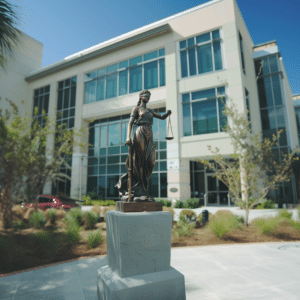 The battle against attempted trafficking is one that cannot be won by law enforcement alone; it requires the strategic alliance of nongovernmental organizations (NGOs). Together, they form a formidable front, with NGOs offering specialized training and insights that enable law enforcement to identify and support victims effectively.
The battle against attempted trafficking is one that cannot be won by law enforcement alone; it requires the strategic alliance of nongovernmental organizations (NGOs). Together, they form a formidable front, with NGOs offering specialized training and insights that enable law enforcement to identify and support victims effectively.
The Trafficking in Persons (TIP) Report underscores the impact of such partnerships, showcasing successful prosecutions and highlighting the critical role of collaboration in both protection and trafficking investigations. By pooling their knowledge and resources, these entities enhance the criminal justice system’s capacity to combat trafficking.
NGOs bridge gaps that might otherwise be insurmountable, providing law enforcement with a deeper understanding of victim trauma and the nuances of trafficking activities. This symbiotic relationship has led to a significant uptick in trafficking investigations and prosecutions, attesting to the effectiveness of joint endeavors.
The creation of specialized units, such as the Human Trafficking Prosecution Unit (HTPU) and the human trafficking task force, consolidates the focus on these crimes, ensuring a dedicated approach to dismantling trafficking networks. It’s a strategic move, one that embodies the commitment of both law enforcement and NGOs to not just address but ultimately eradicate the menace of human trafficking.
How to Report Suspected Attempted Trafficking
Awareness is the first step, but action is the key to disrupting the cycle of attempted trafficking. When suspicion arises, it’s imperative to know the conduits through which one can report these crimes. For immediate emergencies, the reflex should be to dial 911 or reach out to local police.
The National Human Trafficking Resource Center operates a trafficking hotline accessible at 1-888-373-7888, providing a direct line for concerned citizens to report trafficking crimes. The availability of phone and text services through the National Human Trafficking Hotline ensures that assistance is just a call or a message away.
In the digital age, online platforms offer another avenue for reporting. By texting HELP or INFO to BeFree (233733), individuals can connect with resources tailored to human trafficking situations. Similarly, tips can be submitted through the websites of the National Human Trafficking Resource Center and U.S. Immigration and Customs Enforcement (ICE).
ICE also provides a toll-free number, 1-866-347-2423, ensuring that reporting trafficking crimes is not only a civic duty but an accessible one. Through these channels, each person becomes a sentinel, vigilant against the crimes of trafficking and empowered to help stop trafficking in its tracks.
Frequently Asked Questions
What is the legal difference between human trafficking and attempted trafficking?
Can someone be charged for attempted trafficking if no victim was transported or exploited?
What are the penalties for attempted trafficking?
How can I report suspected attempted trafficking?
You can report suspected attempted trafficking through emergency services, national hotlines like the trafficking hotline at 1-888-373-7888, text services such as BeFree (233733), and online tip submission platforms on the National Human Trafficking Resource Center and ICE websites. Keep in mind that reporting such incidents can play a crucial role in preventing these crimes.
What role do NGOs play in combatting human trafficking?
NGOs play a vital role in combatting human trafficking by collaborating with law enforcement, providing specialized training, sharing information about trafficking cases, and assisting in trafficking investigations and victim support and recovery. Their efforts are crucial in prevention, protection, and prosecution.
Last updated Wednesday, December 18th, 2024

